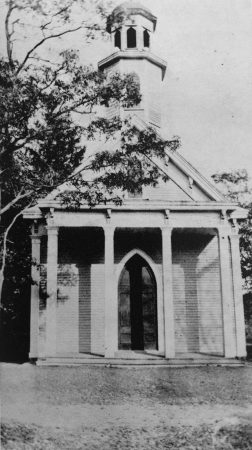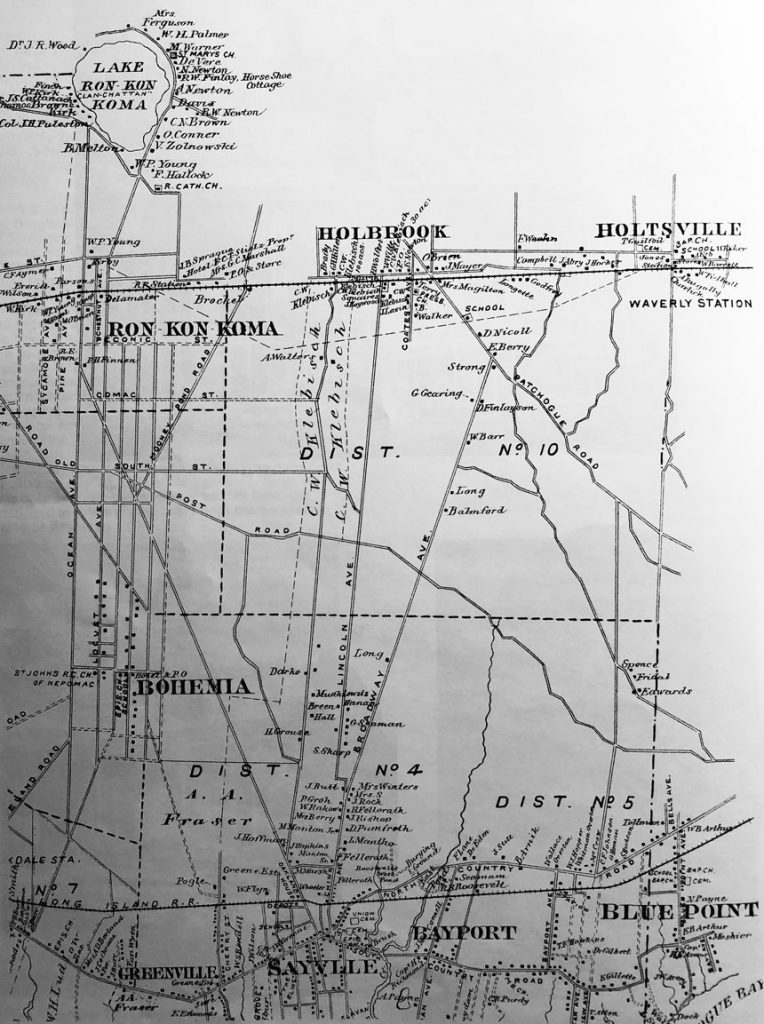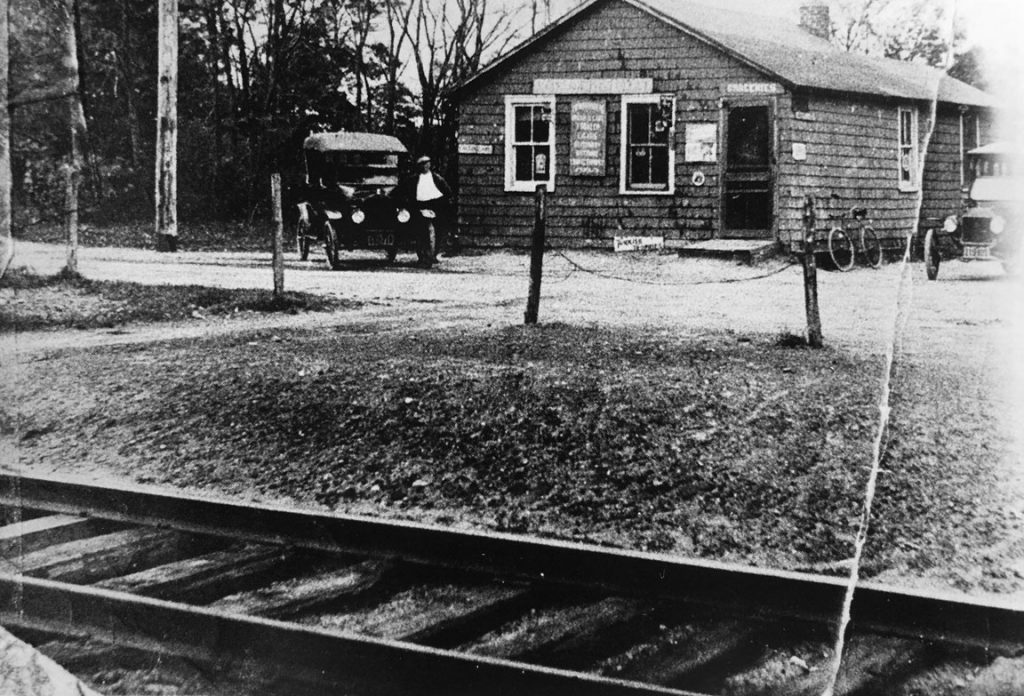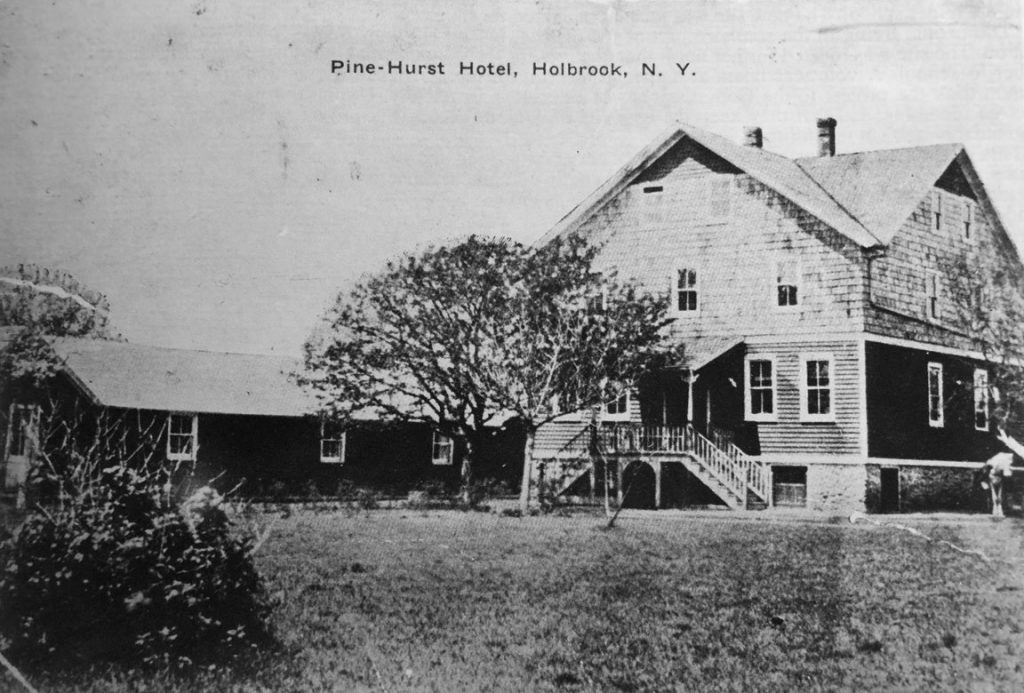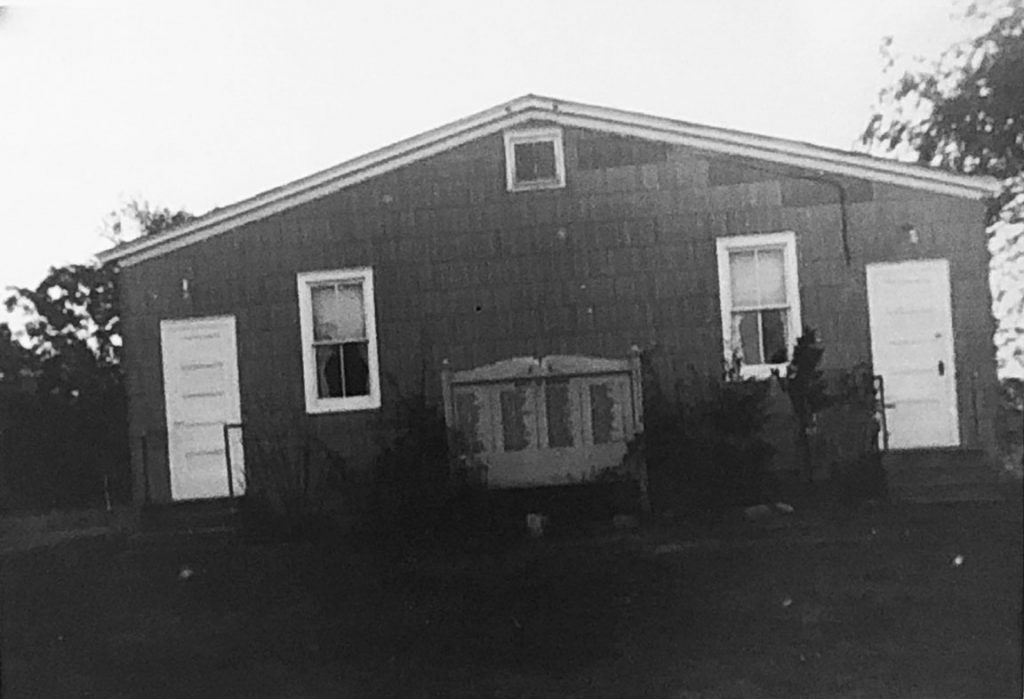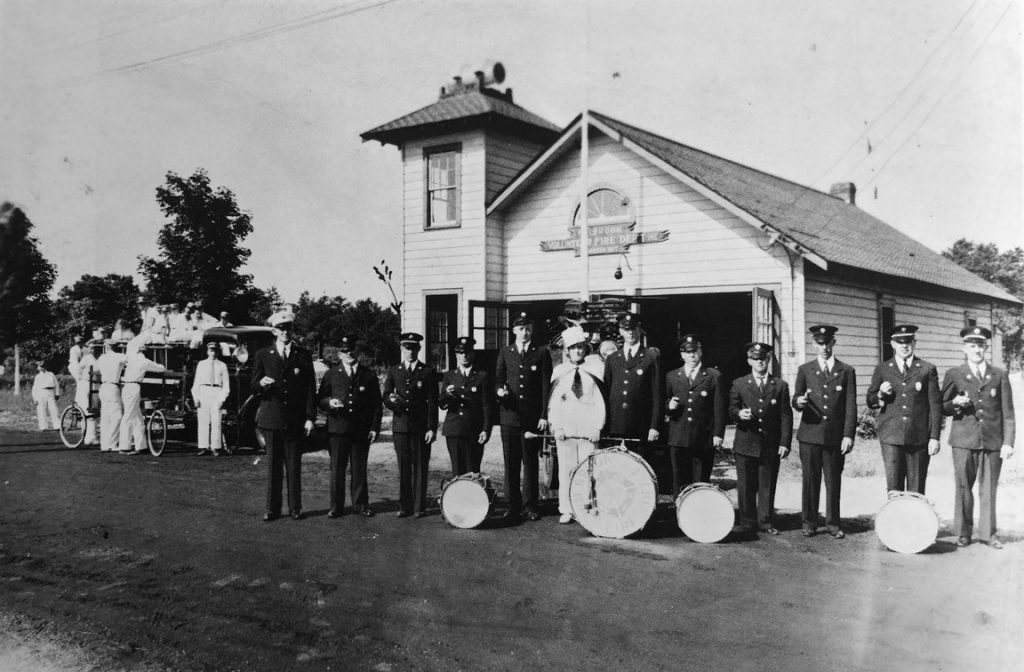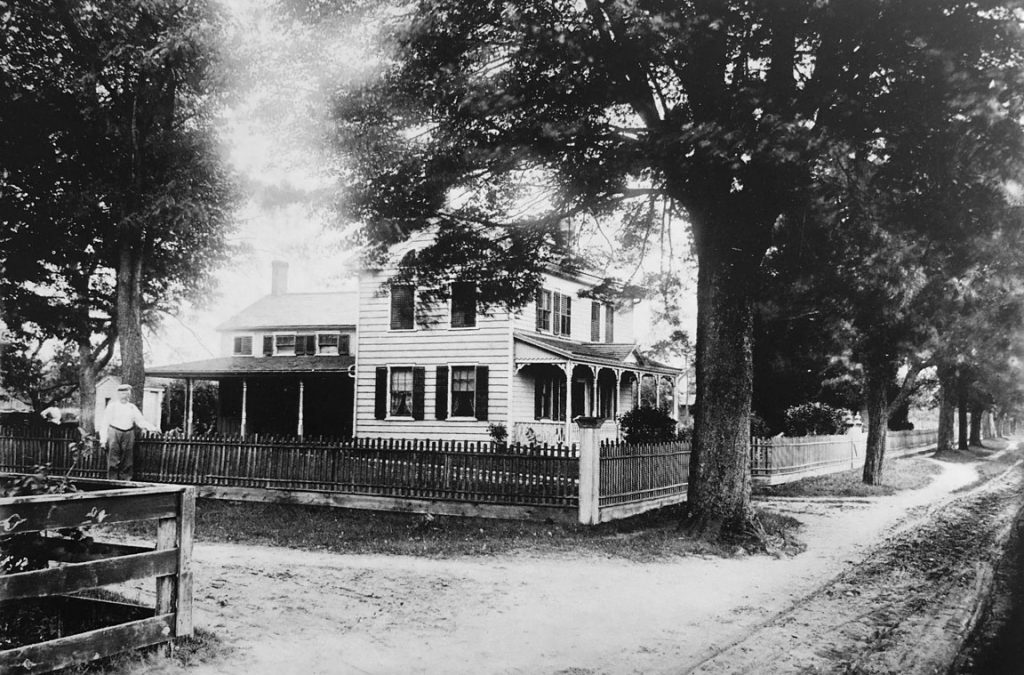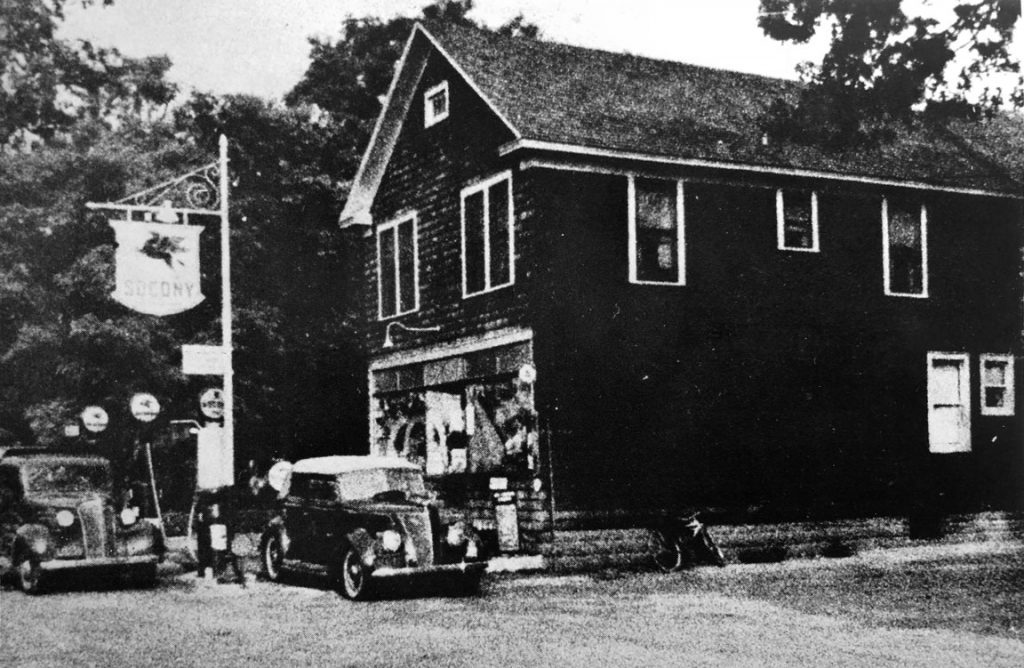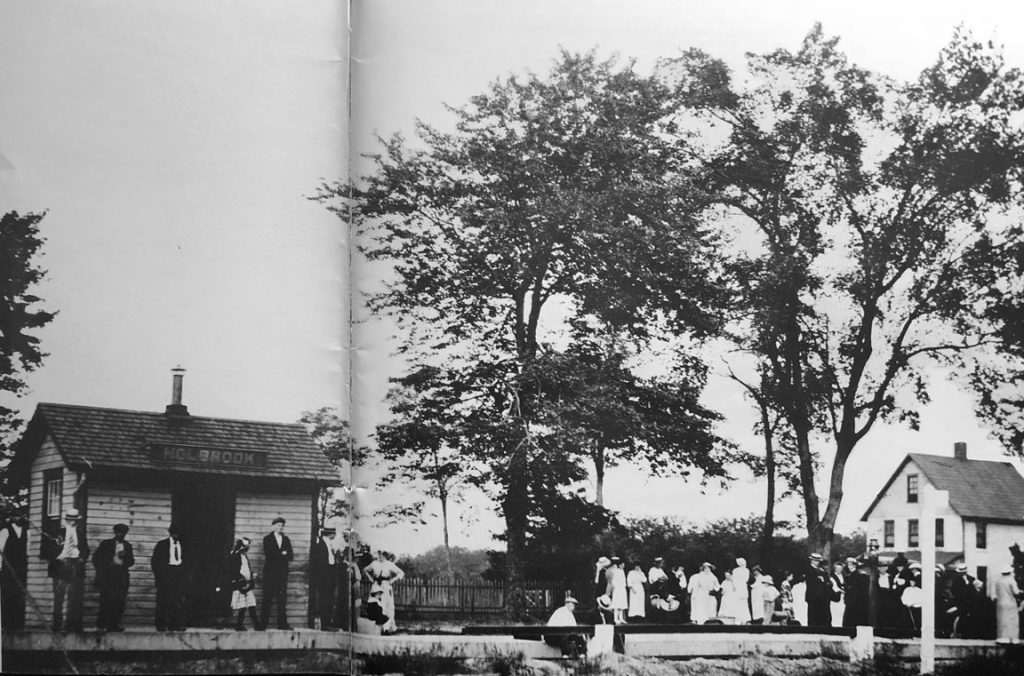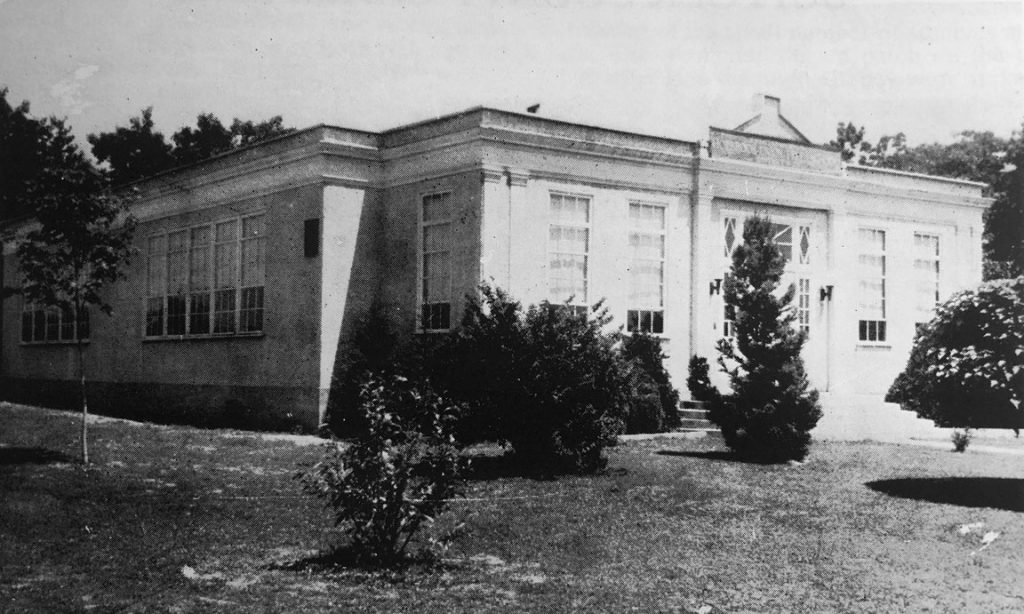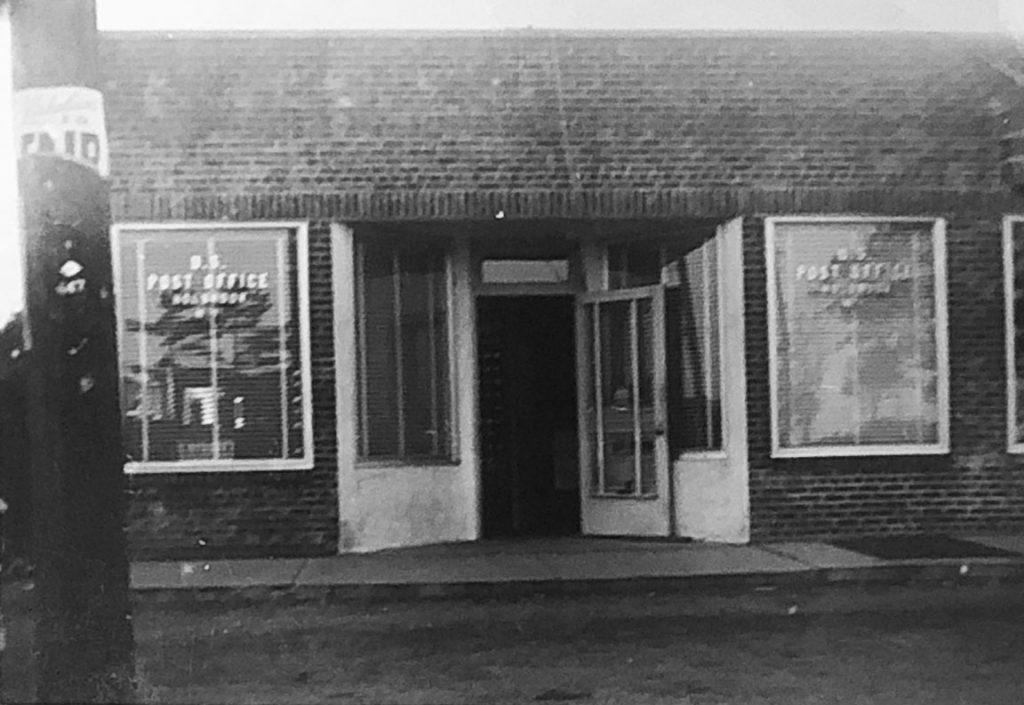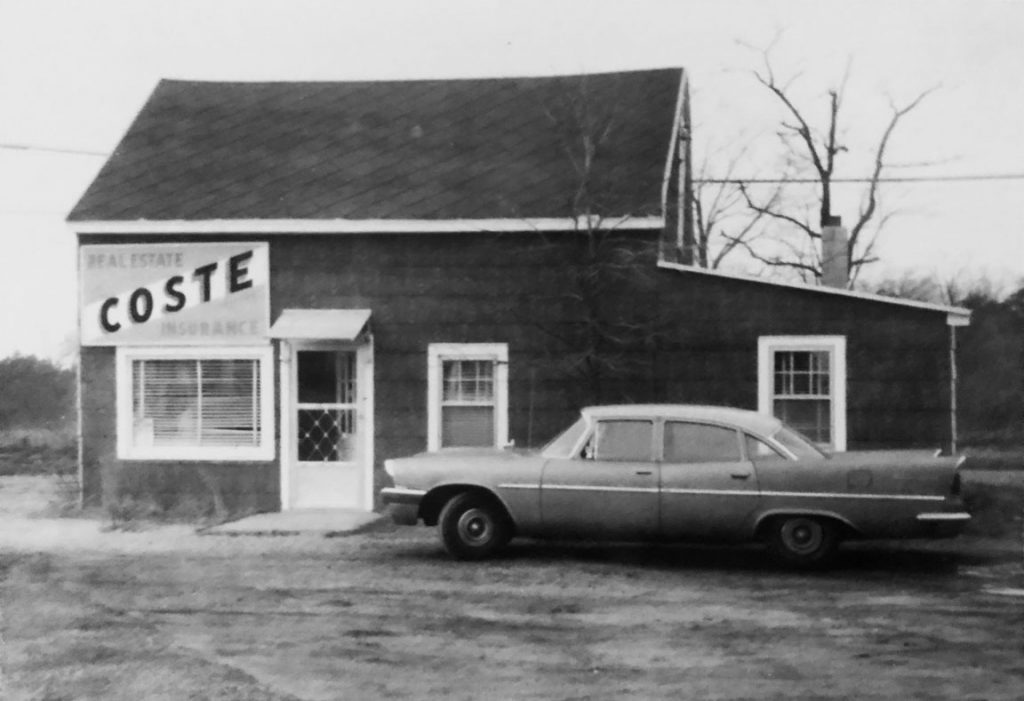Holbrook’s Deeply Rooted History
The area of land that we know as Holbrook was part of a Royal patent obtained by William Nicoll, a wealthy New York City Politician, in 1697. This documentation was needed to certify his purchase of the land area from the Secatogue Indians. There was almost no settlement for a century and a half.
In 1848, Alexander McCotter bought about 5000 acres and offered small tracts for sale. The first school was built in 1860, followed three years later by the first church. The building became St. John’s Lutheran about 1900 and is still standing today, just south of the L.I. Railroad crossing on the east side of Coates Avenue.


